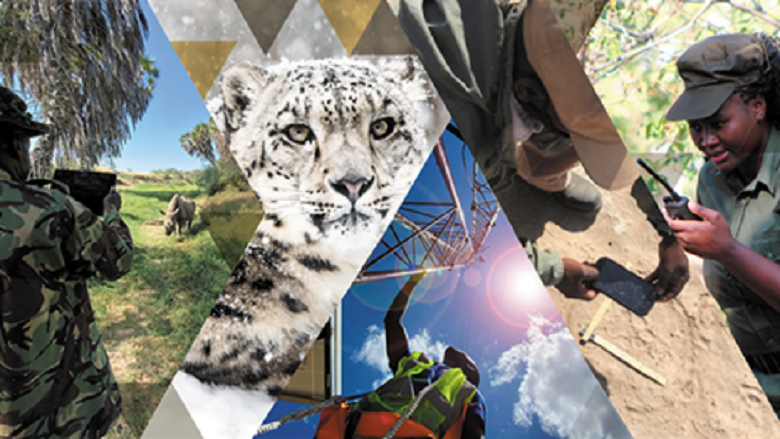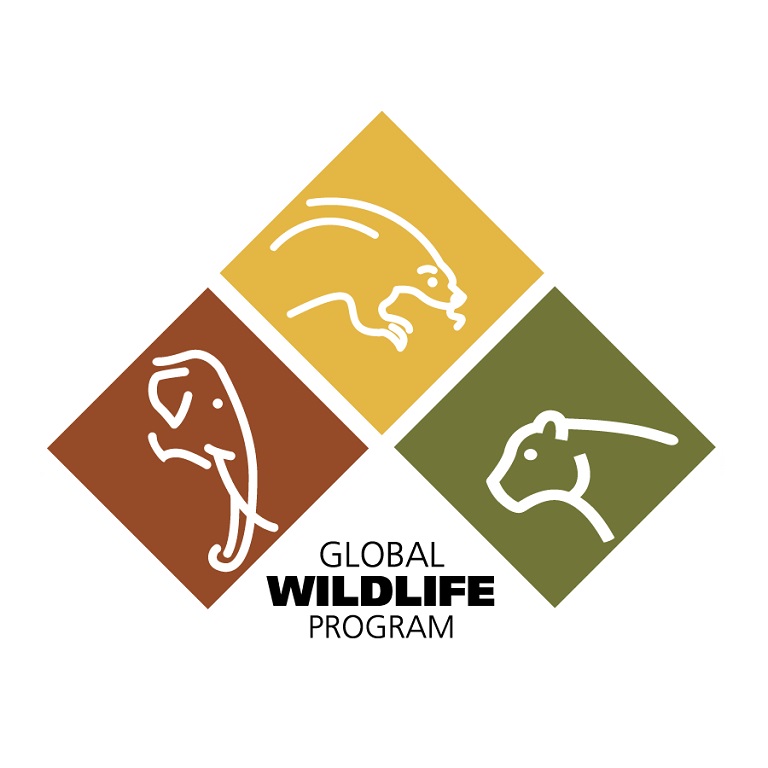Conservation technology, including remote camera traps, acoustic sensors, and biologging devices, has tremendous potential in protecting biodiversity and wildlife populations. These innovative tools provide critical information on species distribution, behavior, and habitat use, enabling more effective conservation strategies that can mitigate the threats of habitat loss, poaching, and other human-induced pressures on the ecosystem. However, despite the focus on developing accessible, affordable, fit-for-purpose, and durable technology, the increasing availability of technology has brought about new challenges such as questions around data analysis, storage, and sharing.
Projects in the Global Wildlife Program (GWP) are adopting conservation technology to monitor wildlife populations, their movements, and habitats to improve their management and protection and thus, the need for knowledge and expertise in this area has grown. The GWP organized a knowledge exchange to help projects share experiences and be better equipped for data collection and analysis.

